Microsoft Band 2 Review
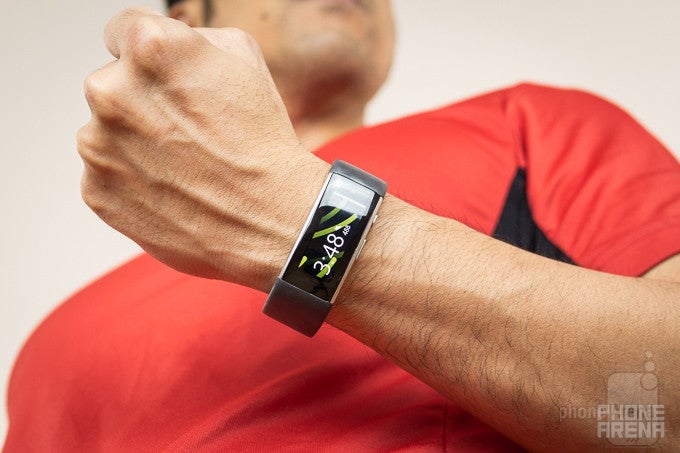
Introduction
When we think about fitness bands, the last thing to come to mind for most folks will probably be Microsoft, but it shouldn’t, as the original Microsoft Band proved itself in being a Swiss Army Knife of sorts for the segment – attached with an equally comprehensive fitness ecosystem as well. Back for round two, the Microsoft Band 2 aims to squash any of the major complaints about the original model, seeing that it sports a sleeker package and a new display.
Interestingly, though, it’s slapped with a slightly higher introductory price of $249.99, up from its predecessor’s initial cost of $199.99. That’s a hefty offering considering what it’s competing against in the space, but let’s put it through the paces to see if it can win over that precious real estate on your wrist.
The package contains:
- Microsoft Band 2
- Magnetic USB cable charger
- Get started guide
- Warranty information
Design
Streamlined and more ergonomically contoured, the Band 2 looks and feels considerably better.
Wanna know what’s most improved about the Band 2? Well, it’s none other than its design, which thankfully doesn’t look as hulky or gargantuan as last year’s model. That’s certainly a relief! Although it’s sporting the same design language as before, an adjustable rubbery band worn on the wrist, it’s comforting to see Microsoft streamlining it considerably – whereby its thickest point is now situated on the clasp. The material employed here is technically thermal plastic elastomer silicone vulcanite (TPSV), which has that rubbery texture feel to it.
In the process of giving it a more uniform body, they’ve also improved its fit and comfort around our wrist. This time around, it contours our wrist better because the new display here is now curved, offering a better ergonomic shape for it to rest on our wrist. However, if you happen to have that boney hump protruding from your wrist, the Band 2 can sometimes cause a little bit of discomfort because there’s very little leeway for it to naturally expand. Despite that, it’s still nice knowing that they’ve trimmed off a lot of the fat off this one.
Much like most other fitness trackers, the Band 2 has some degree of water resistance. As Microsoft puts it, the IP67 certified construction of the Band 2 technically ensures that it’s dust resistant and offers protection against temporary immersion in 1 meter of water for up to 30 minutes. In reality, however, Microsoft refrains users wearing the Band while swimming or in the shower. That’s unfortunate because we were hoping to see its water-resistance improved, but instead, we still need to be mindful of what occasions to not wear it.
Even with the sleeker design, the Band 2 houses all the components and sensors found with its predecessor – so that includes a 3-axis accelerometer, gyrometer, GPS, ambient light sensor, skin temperature sensor, capacitive sensor, galvanic skin response sensor, and a microphone. Two new additions to note, however, include the new barometer that can measure changes in altitude, which is useful if you’re into step climbing, and the UV sensor embedded into the clasp that can measure the amount of ambient UV light. Of course, that’s useful for those who have stronger sensitivity to light.
And finally, when it comes to charging the Band 2, Microsoft improves the process by embedding the charging pins into the end of the clasp – where the accompanying magnetic USB charger quickly establishes the connection.
Display
The switch to a curved screen and AMOLED technology is welcome!
The Band 2’s notably improved design is attributed to the new curved display it’s packing on, which has a footprint of 1.25 x 0.50 inches. The technology is AMOLED and the resolution stands at 320 x 128 pixels, which delivers acceptable details and sharpness that allows us to effortlessly read out messages on its screen. In our experience, the AMOLED panel here delivers a punchier, more robust color selection than the TFT panel used by its predecessor. Don’t worry about its visibility outdoors, where AMOLEDs tend to perform poorly, mainly because it emits enough of a potent punch with its brightness.
Not only it is effective is registering touches and swipes, but it’s nice to know that it’s less prone to scratching this time around – it was a troublesome thing with the original Band. That’s because the curved screen is safeguarded by Gorilla Glass 3, and we have to admit, it does a considerably better job at protecting from scratches. And due to its curved nature, it blends in well with the body’s uniform contour on our wrist – whereas before, the flat edge hugging our wrist didn’t make it all that comfortable to wear.
Interface and Functionality
For being still regarded as a new player in the fitness scene, the Band 2 offers a diversified package with its experience.
Like we said before, most fitness buffs wouldn’t think Microsoft when it comes to fitness apps. For being a relatively new player to the scene, they’ve actually built up quite an ecosystem with the Band 2, going above and beyond what most fitness apps offer. Superficially, the software based on Windows 10 that’s running in the Band 2 is nearly identical to its predecessor. The majority of the homescreen is comprised out of those Windows tiles we’re familiar with, so it has more of a dynamic layout than some of the boring and dull layouts we get from other fitness wearables.
As expected, the Band 2 populates most of the relevant fitness information directly on its display – so you’re not tied to checking it out on your smartphone. In addition to that, the software has a productivity element as well, mainly because it offers integration for a variety of notifications. From the usual emails and texts messages, it even coughs up a notes feature and built-in Cortana integration (a Windows Phone exclusive still). Now, as much as we appreciate reading messages to its screen, it comes off a bit uncanny trying to use its on-screen keyboard to reply to them. Not only is its size quaint, but it’s still not as practical as a smartphone. However, we can see the added benefit of being able to do it directly from the Band 2.
Serious fitness junkies will eat up what the accompanying Microsoft Health app has to offer, which is available for Android, iOS, and Windows. Quite frankly, it’s a beast of an app because it’s able to not only break down workouts and whatnot, but it benefits from gathering data accrued by its various sensors. Sure, step-tracking is always an expectance amongst fitness trackers, however, the Band 2 is able to differentiate what kind of activity we’re doing. In fact, before starting a workout, we can choose from its preselected options through the Band – including a general exercise mode for lifting weights.
Throw in its GPS to track our cycling routes, and its heart rate sensor to constantly keep us up-to-date with the amount of calories we’ve burned, the Band 2 offers an extensive portfolio in presenting even the most demanding of fitness buffs with all the useful data it gathers. First time users might be overwhelmed by its strict and diversified fitness tracking, but once you’re able to absorb what it’s capable of, you’ll undoubtedly appreciate how it’s able to offer a collective experience.
Processor and Memory
Microsoft doesn’t detail the processor that’s employed by the Band 2, but it doesn’t matter much because it performs responsively. In our time testing it out, we have never come across a situation where it locks up, crawls with its performance, or just takes too long to accomplish a task – there’s just that lickety-fast finesse with its overall performance.
Connectivity
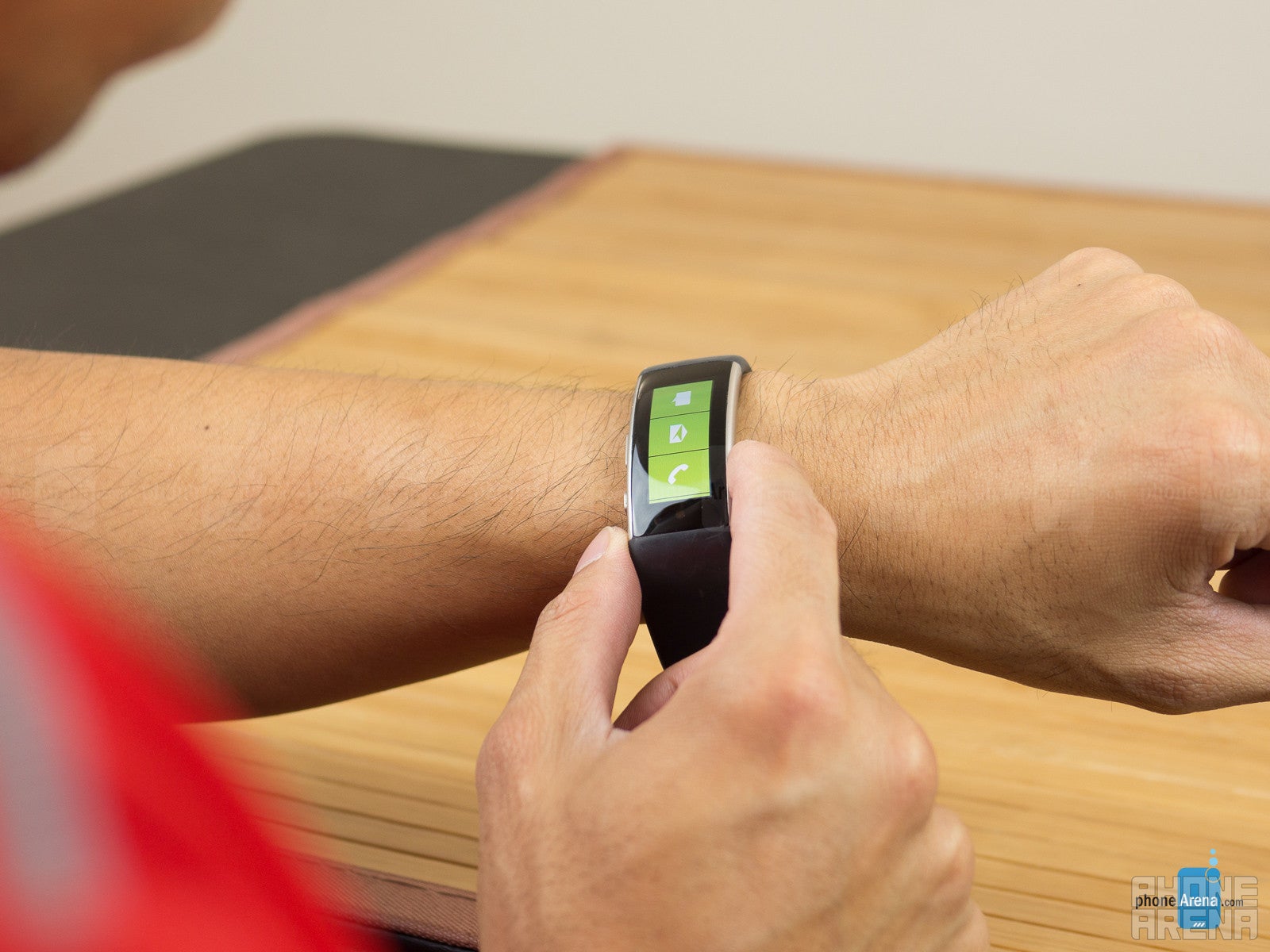
Runners and cyclists will especially like the Band 2, especially when it can track our movements outside with its built-in GPS. Not every fitness wearable offers built-in GPS, so it eliminates the need to carry on our smartphones with us.
Battery
For a fitness tracker, its battery life is short. Then again, it packs a wallop of sensors.
Microsoft rates the Bands 2’s unspecified sized Li-Polymer battery for 48 hours of normal use, where advanced functionality, such as GPS for example, will impact its performance. To its credit, we can verify that the Band 2 can achieve up to two days of battery life, just as long as there’s minimal interaction. Conversely, if you’re the type to go to the gym every day, its battery life generally dishes out 1.5 days from a full charge.
While its performance isn’t outstanding, especially when other fitness trackers can last a few solid days, it’s not that much of a shock considering we’re dealing with a full color display here and a fitness tracker that carriers more sensors than your typical wearable. Considering the short battery life, it’s really tough to use it for sleep tracking because we generally find ourselves recharging it overnight.
Conclusion
Priced at $249.99, the Microsoft Band 2 is easily at the upper echelon of the wearable fitness tracker category. In that regard, it’s competing against other notable, high-end trackers like the Fitbit Surge and Basis. Even more pressing, it’s reaching into smartwatch territory with its premium cost.
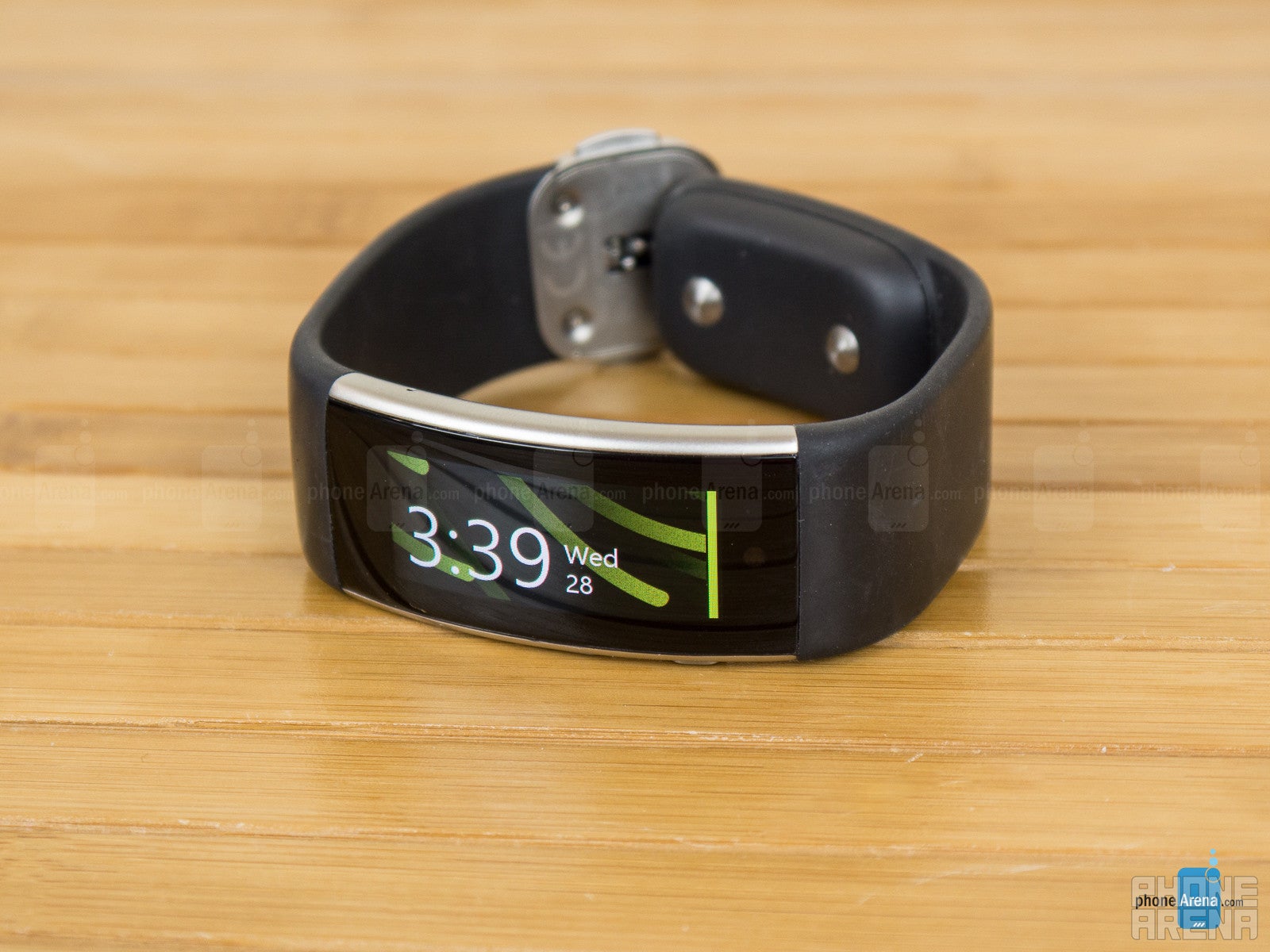
Everything points to a solid offering here with the Band 2, but there are still opportunities that could make it better. Specifically, it could offer better water resistance and a longer battery. And maybe even an automatic sleep tracking feature. We won’t deny it’s a pricey thing in the space, but its design and chock-full of features gives it enough justification.







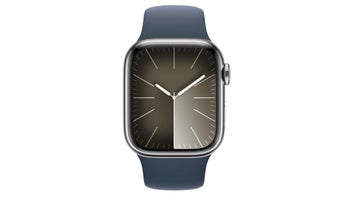

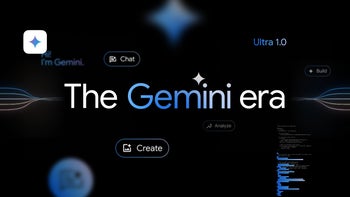

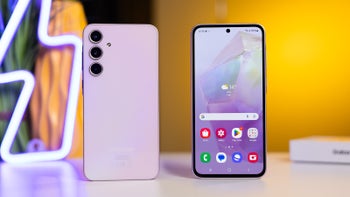
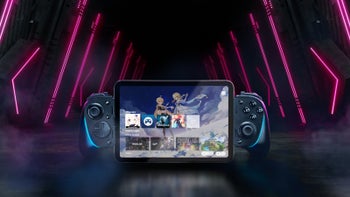
Things that are NOT allowed: